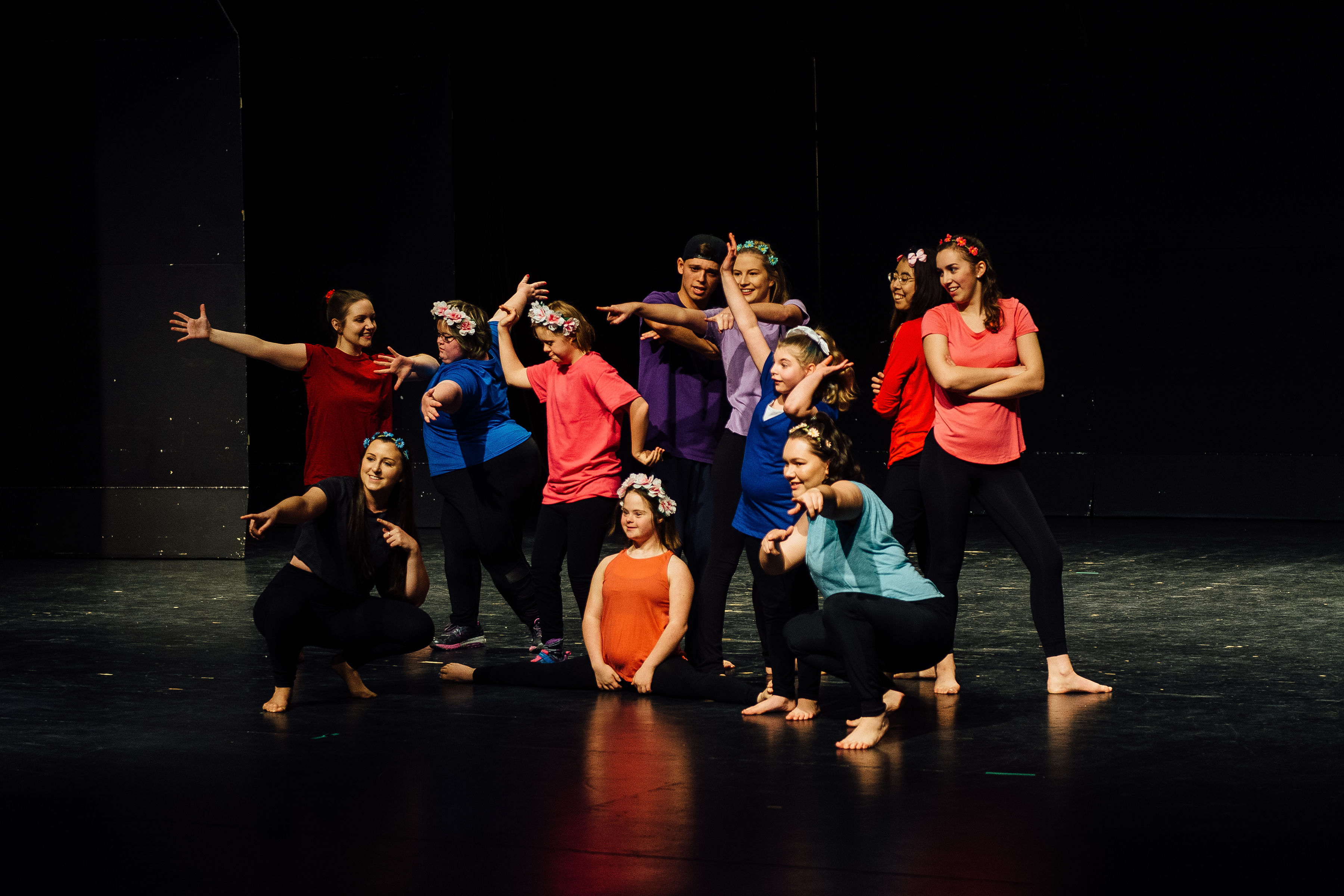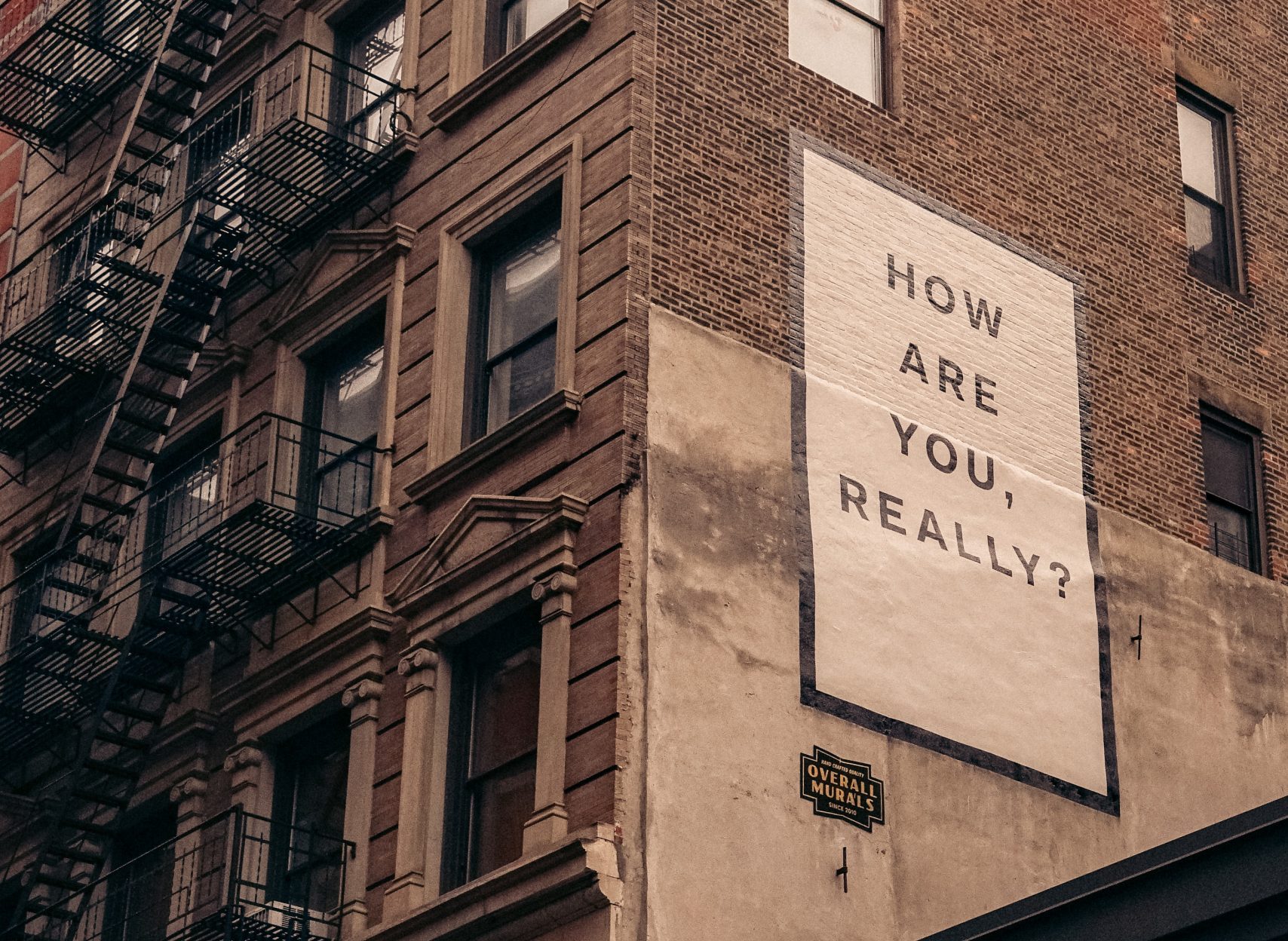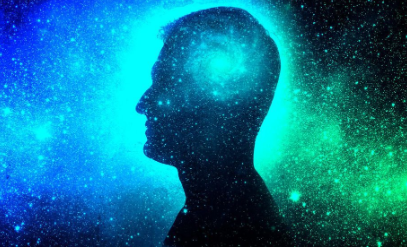Dance is an outlet that many use to express themselves. It is a beautiful art form where individuals perform choreography to produce profound messages. These messages evoke great emotions in the audience, and in the dancers themselves. Olivia Dobson is a third-year psychology student who has been passionate about the art of dance since she was young. Olivia wanted to share her love for dance with Acadia and the greater Wolfville community. In particular, Olivia witnessed the great success of Acadia’s SMILE program, but noticed there wasn’t an accessible dance class that was widely available within the Annapolis Valley. Upon this discovery, Olivia began organizing a dance class to fill this gap in the Valley. Then, came the creation of Dancepiration. Dancepiration is a dance program that is designed to be accessible for individuals, primarily children and youth, of all abilities. Olivia’s dance class began in September of 2018 and has grown from eight dancers, to over twenty dancers since. The program offers an interactive dance class every week, where dancers move their bodies to express themselves in a way that many participants have never experienced before.
I sat down with Olivia to learn more about the tremendous initiative she created, and to see where Dancepiration will progress in the future.
1) Why do you believe dance is such a powerful form of art?
First off, dance is a multi-layered discipline, sport, and art form. I say that because I believe it involves four foundational elements:
- Social Interaction (Communication): Dancing often involves cooperation and team work. Since our class practices as a group, each class is a social experience. The dancers work with one another by encouraging each other to do their best. Our dance class is a judgement free place where participants work with instructors to learn new dance moves, supporting each other along the way. I see our dancers learning from each other and even picking up on new dance moves by observing their fellow dancers.
- Creativity: Dance is an opportunity for individuals to express themselves without the use of language. We teach our dancers structured dance moves, as well as guiding “expressive dance” sessions where we encourage our dancers to move their bodies in whatever form they desire. I am always in awe of how creative the dancers are with their movements. It brings me great joy to see our dancers move so passionately to the beat of music.
- Physical Activity: Dance is a low-impact form of exercise that provides an immediate opportunity to work one’s mobility, balance, endurance, coordination, flexibility, etc. Since all of our dancers enjoy movement and music, dancing is a great way to enjoy physical activity! We try to stay moving as much as possible during our dance sessions; as well as improving participants’ flexibility at the same time.
- Cognitive Skills: Dance requires concentration, attentiveness and memory, along with many other cognitive skills to execute dance routines. We often learn various dance choreographies, and I am always impressed with how quickly the dancers are able to perform the moves taught. Sometimes the dancers show up to class remembering the dance moves they learned previously, and perform them by heart; and sometimes, they remember dance moves even better than I do!
2) There has been new research conducted in the field of dance therapy, can you speak to some of the research that has been done? Moreover, how does this research relate to your class?
An increasing amount of research is being published regarding the benefits of dance for individuals who have a disability. Dancing is an innovative form of therapy that has been shown to have positive benefits for all people, and especially for those who have a disability. The University of Montana is currently conducting research on creating accessible dance programs, as they “envision dance for all students.” Dance has been described as a “rich experience of exploring and creating, with the added benefits of lively movements that promote overall well-being.” Dancepiration aims to instill this creativity and well-being in our dancers. Our dancers naturally share a collective passion for dance, music, movement and the social experience that comes with the class.
3) Can you describe to us the types activities you engage in during a dance session?
In this dance class we engage in many different creative activities such as: attempting to make our bodies portray a snowflake falling gently to the ground, or a tree as the wind blows through its leaves, and other similar activities. In addition, we play dance-related games like “freeze dance”, “wax museum”, and “head-shoulders-knees and toes.” We frequently use the entire studio to perform our dances, while working on stretching and balancing our bodies as we do so. Each week we learn “mini” dances and practice them the following week to build on muscle memory skills; currently, dancers love to imagine being dogs as they dance to the song “who let the dogs out.” Last semester we learned a full dance routine and performed it on-stage for a live audience. Seeing the dancers perform for their loved ones was a highlight for me since starting this program. This semester, we are learning a full dance routine for a show in April.
4) This is obviously a great initiative that many individuals are benefiting from. Where would you like to see this program going forward in the future?
Honestly, I just want this program to become more well-known around campus and the community. I am so grateful to have met the dancers and their families, who currently participate in the class. The dancers who have participated so far are so talented and bring such a light to my life. I hope that Dancepiration can continue offering dance classes for anyone who is interested. A specific goal moving forward is to divide the dance program into separate dance classes for participants of varying ages. I also want to build a website that will allow individuals and their families to sign up easily, and to share information about the class more widely. Having volunteers from the Acadia Dance Collective at each class has been amazing because the dancers bond with instructors, and can receive one-on-one attention.
Upon graduating in 2020, I hope this program will be established enough so that my successor can continue growing the program to reach more interested individuals. Having the opportunity to speak with you will hopefully introduce many more interested participants.
I want to thank Olivia for taking the time to sit down with me and inform us about the tremendous program that she has started, and the remarkable things the program has already achieved in its short existence. It is passion like this that makes Acadia such a special place, as Olivia exemplifies how just one idea can turn into something extremely meaningful for so many. As said by a dancer’s parent to Olivia, “You are touching the hearts of so many people. Not only the participants, but as a parent seeing your child dance, smile and interact with others, it makes me so happy.” I look forward to seeing Olivia develop this program further, as it will surely bring happiness to so many going forward.
If you wish to learn more information about participating or volunteering with this program, please email: [email protected]
Sebastian Farkas is a third year Politics student and Sports and Wellness Editor of The Athenaeum.




